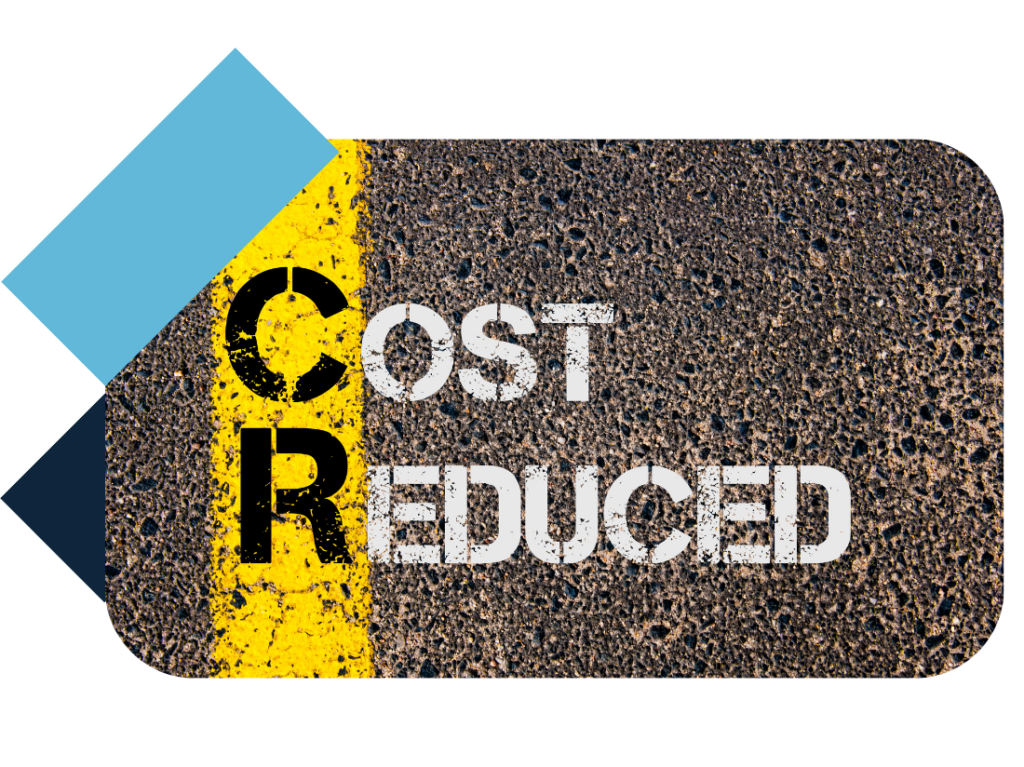As a business owner, you’re always looking for ways to reduce costs.
Of course, cutting costs helps you boost your cash flow. And when you’re running a business, you know cash flow matters. Local business owners tell us steady cash flow means their businesses can thrive. Negative cash flow, on the other hand, causes missed opportunities and immense personal stress.
The good news: there are quick steps to improve your cash flow and reduce your costs; simple strategies you can start using right away.
In this article, Lulalend’s team of accounting and finance experts shares practical tips to help you take control of your cash flow and better manage your business finances.
Here’s a quick summary:
- Review your business finances
- Always ask for supplier discounts
- Don’t overstock
- Compare quotes
- Save on your business finance
- Reduce advertising costs
- Embrace technology and automation
- Pay your taxes on time
1. Review your business finances
When was the last time you reviewed your business finances?
Research suggests that cash flow management education should be a key priority for SMEs. But studies into newer businesses, in particular, found few processes for financial planning and control.
Improving your cash flow management begins with an understanding of your business’s financials.
Evaluate your expenses and ask:
- Do I need all of these services?
- Are there cheaper alternatives?
Carvin Gordon, Lulalend Financial Accountant, said:
“Review your monthly expenses and negotiate with institutions for a possible reduction in expenses, such as insurance, for example. Insurance institutions are always willing to negotiate better rates.”
Another option is to consolidate policies or accounts.
Study retainer or consult fees as well, added Quentin Daniel, Lulalend’s Head of Finance.
You might find you’re not using—or getting any real business value—from these services.
2. Always ask for supplier discounts
Getting a great deal on your supplies makes a massive difference to your bottom line.
Daniel said by asking for supplier discounts, you can quickly reduce your costs.
Many suppliers will have a lower per-unit price the more you buy, and others offer early payment discounts.
Ask your supplier if you’re not sure. If you’re a long-time buyer, your vendor is more likely to consider offering you a discount even if it’s not explicitly stated.
Even if these savings appear small, they’ll add up in the long term.
3. Don’t overstock
Buying in bulk can help you cut costs…but that’s not always the case.
You could also end up losing money, said Bernice du Toit, Financial Accountant at Lulalend.
“Some companies tend to over-stock on inventory, not taking into account the storage cost of these goods or the possibility that stock may go obsolete.”
Du Toit said:
“Inventory is also tied-up cash flow that could have potentially been used more effectively in a different manner. Businesses should try to keep as little stock on hand and only bulk order if a discount is offered and the entity is sure that goods will be sold.”
4. Compare quotes
When you’re shopping for a new supplier, compare quotes.
Putting in the time to do a price comparison might net you a better deal.
Once you receive your invoice, compare it against your initial quote, said Daniel.
“Always double-check invoices from suppliers and price of quote vs billing. Always question items (for clarity).”
5. Save on your business finance
Another way to reduce costs is to be strategic in your approach to business finance.
You might consider funding to boost your cash flow. But if you want to pay back the loan early, it might end up costing you more. Some funders charge hefty early repayment penalties.
Look for business funding like Lulalend which lets you settle early, free of charge.
6. Reduce advertising costs
As an SME, you might not have a humongous advertising budget.
Fortunately, you don’t need one to reach your customers.
Here are some tips small business marketing tips:
- Clearly define your target audience
- Understand their pain points
- Create content and offers that address those pain points
- Consider a Facebook marketing plan; you’ll get detailed targeting at affordable rates
- Build your own email list
Remember to focus your marketing efforts on your ideal customers to get the best results.
Probably one of the most effective ways to drum up new business is to keep your existing customers happy, adds Gordon.
“Business owners should focus on quality over quantity. A lot of the time you push to get jobs done at the expense of quality. Quality will ensure repeat customers, brand building, and word-of-mouth referrals.”
7. Embrace technology and automation
There’s some truth to the old saying, “Time is money.”
This is especially relevant for SMEs.
Consider how much time you and your team spend doing manual, repetitive tasks.
Try cloud applications to save time on routine tasks, e.g.:
- Social media scheduling, like Buffer or Hootsuite
- Document management and signatures, with applications like Docusign
- Accounting, like Quickbooks and Xero
By using technology, you’ll free up more time for meaningful work; the kind of work that will add real value to your business.
And though we’re big believers in the power of these kinds of applications, only pay for what you use.
“Review annual subscriptions that you don’t use, i.e., you’ve been dragged into subscribing for software but don’t actually use it,” added Daniel.
8. Pay your taxes on time
Many business owners dread tax season.
On average, each South African business spends R63 328 and 255 hours annually complying with tax regulations, suggests this international research project.
Still, pay the right amount on time when it comes to your tax.
Boost Your Business Cash flow with Flexible Business Finance
If you’re in a cash flow crunch right now, consider short-term business finance with Lulalend. You apply online in minutes and get the cash in your account 24 hours later.



